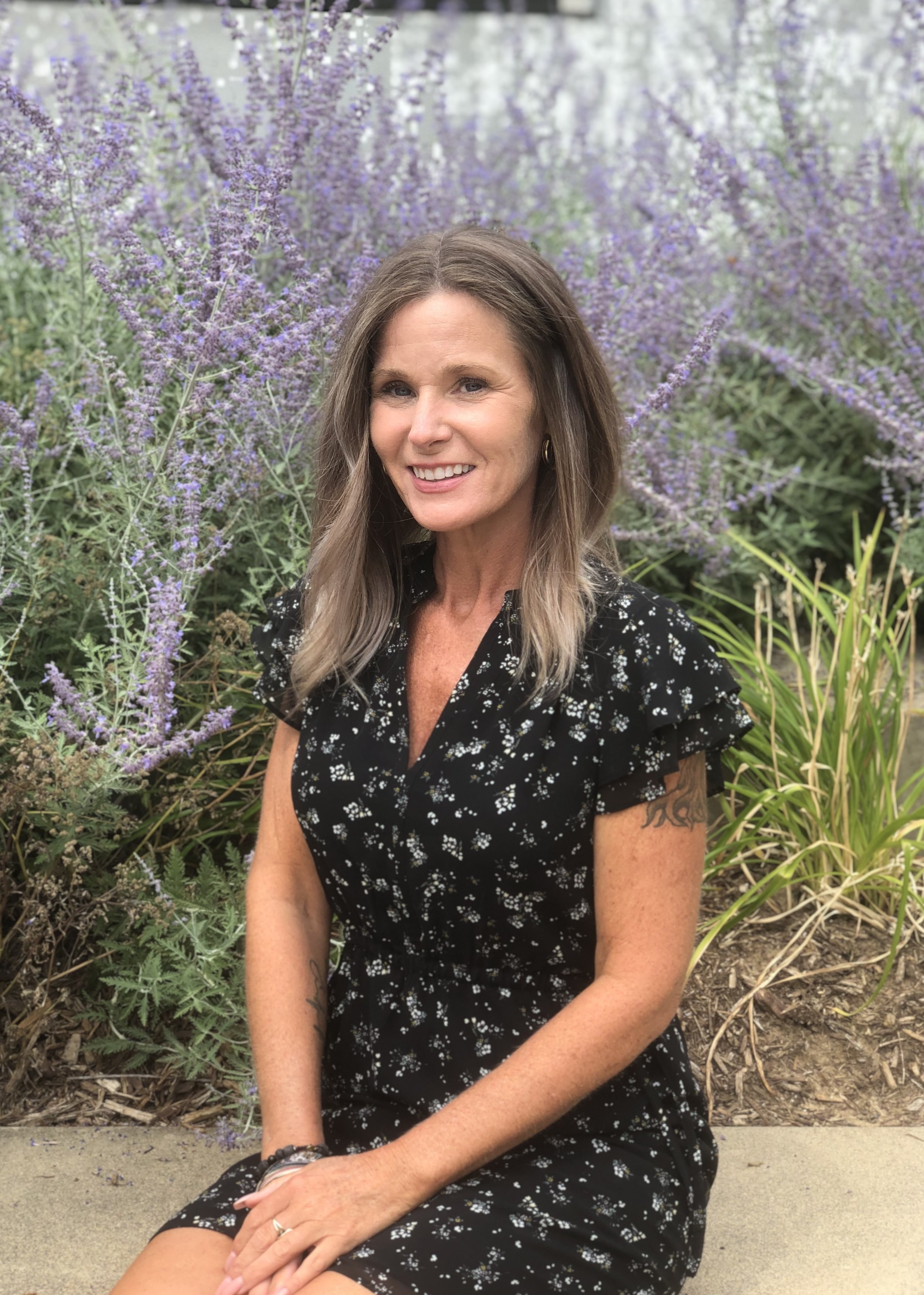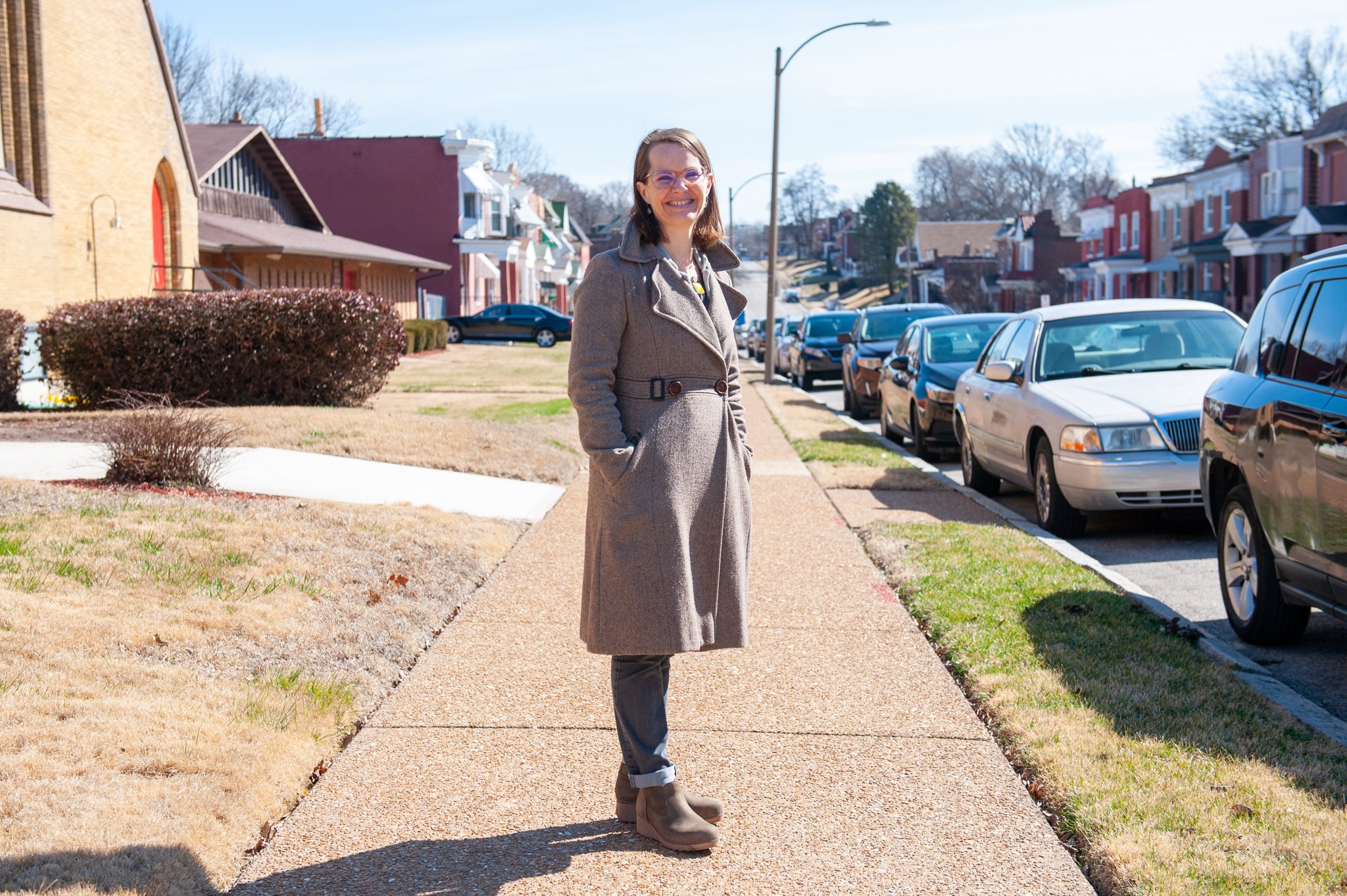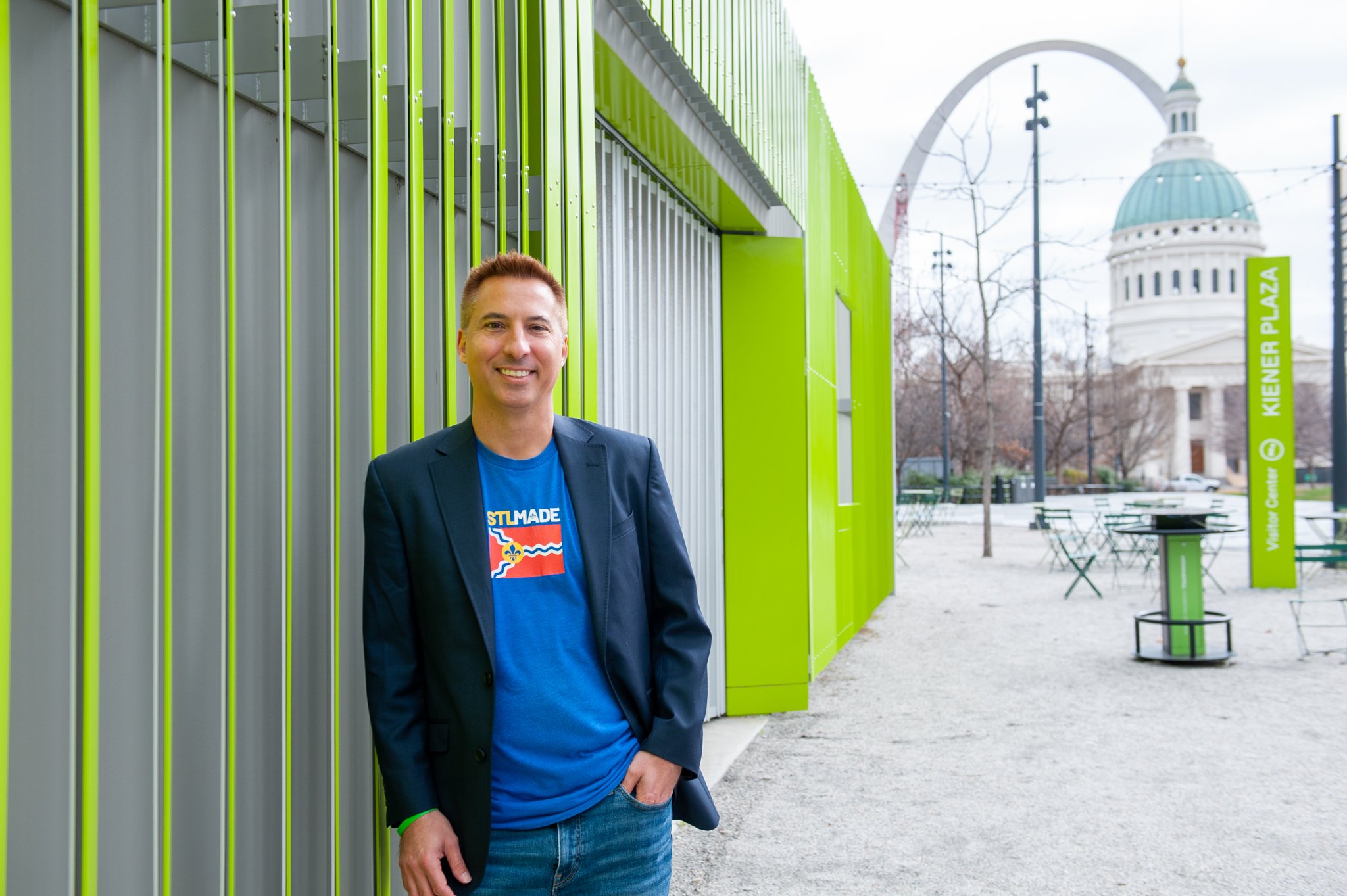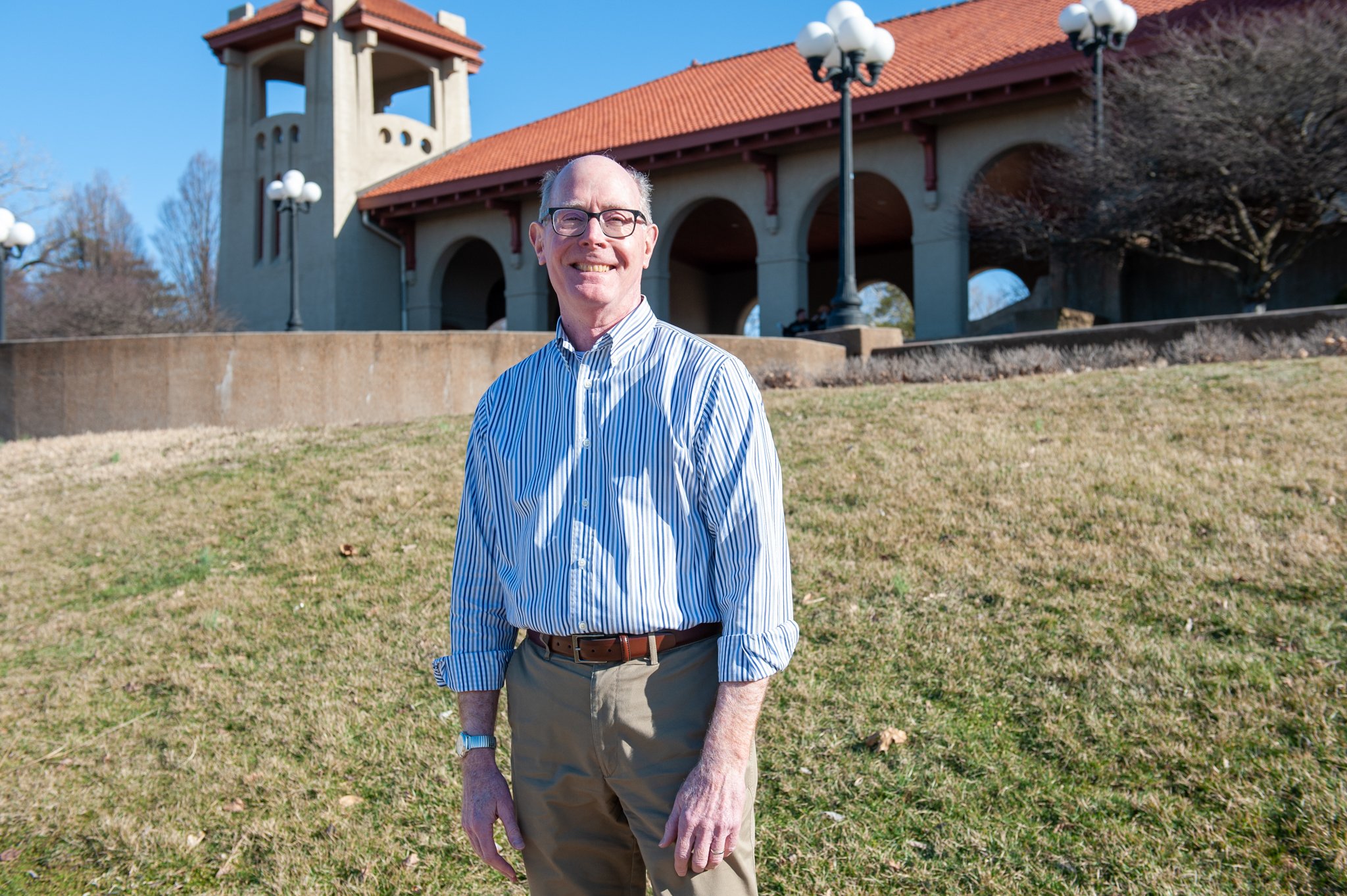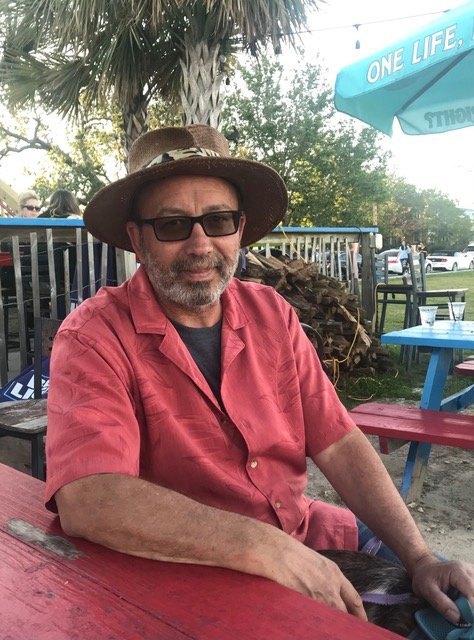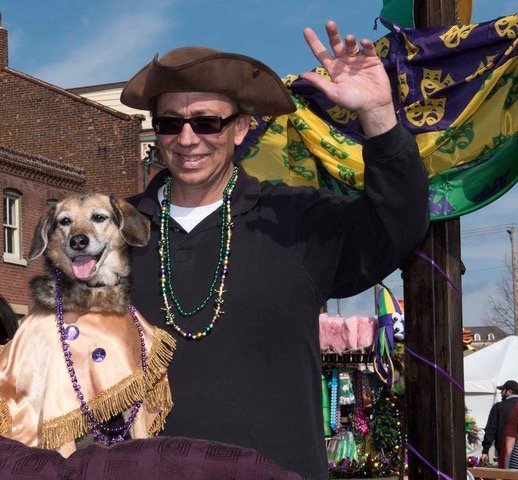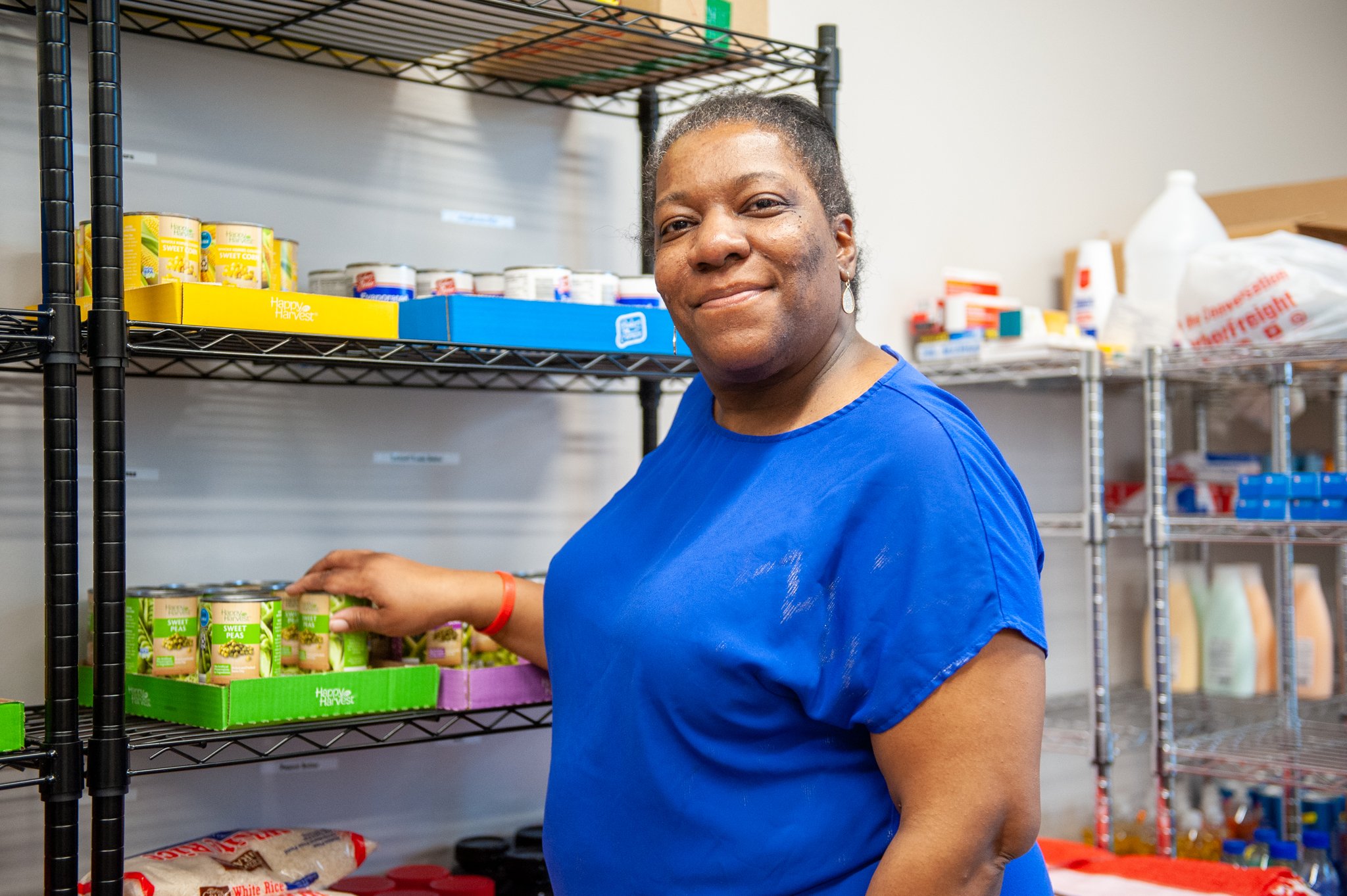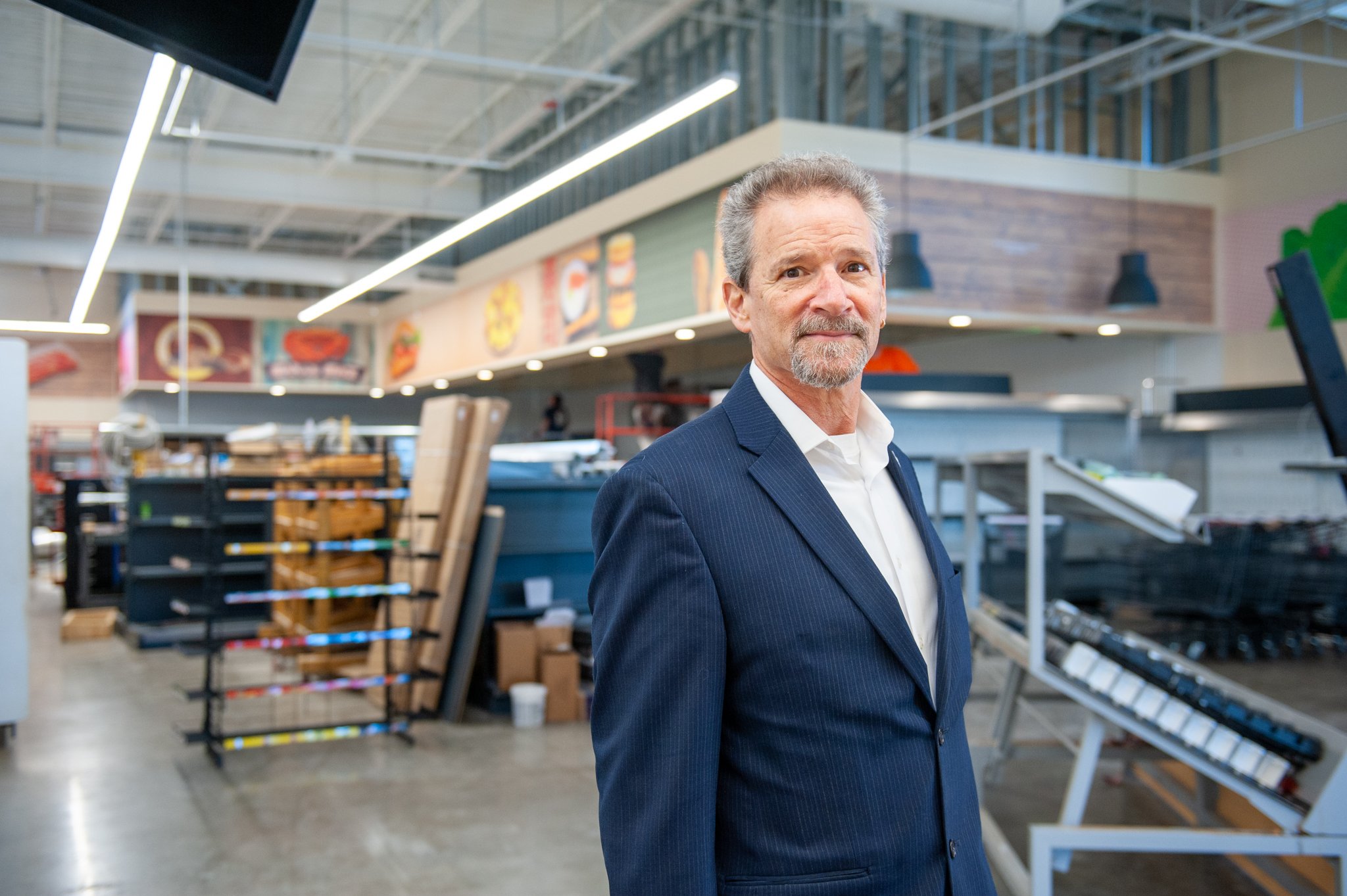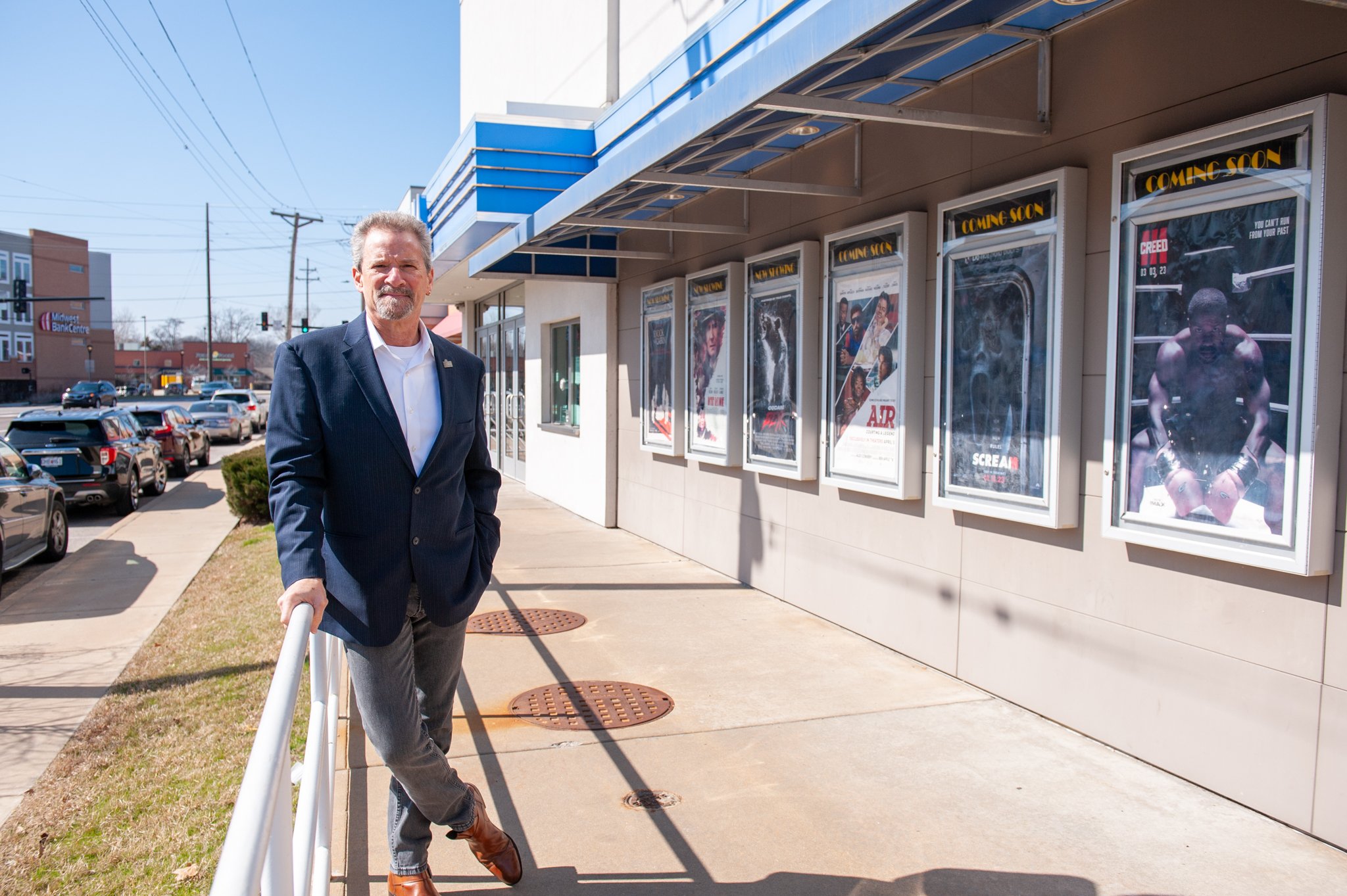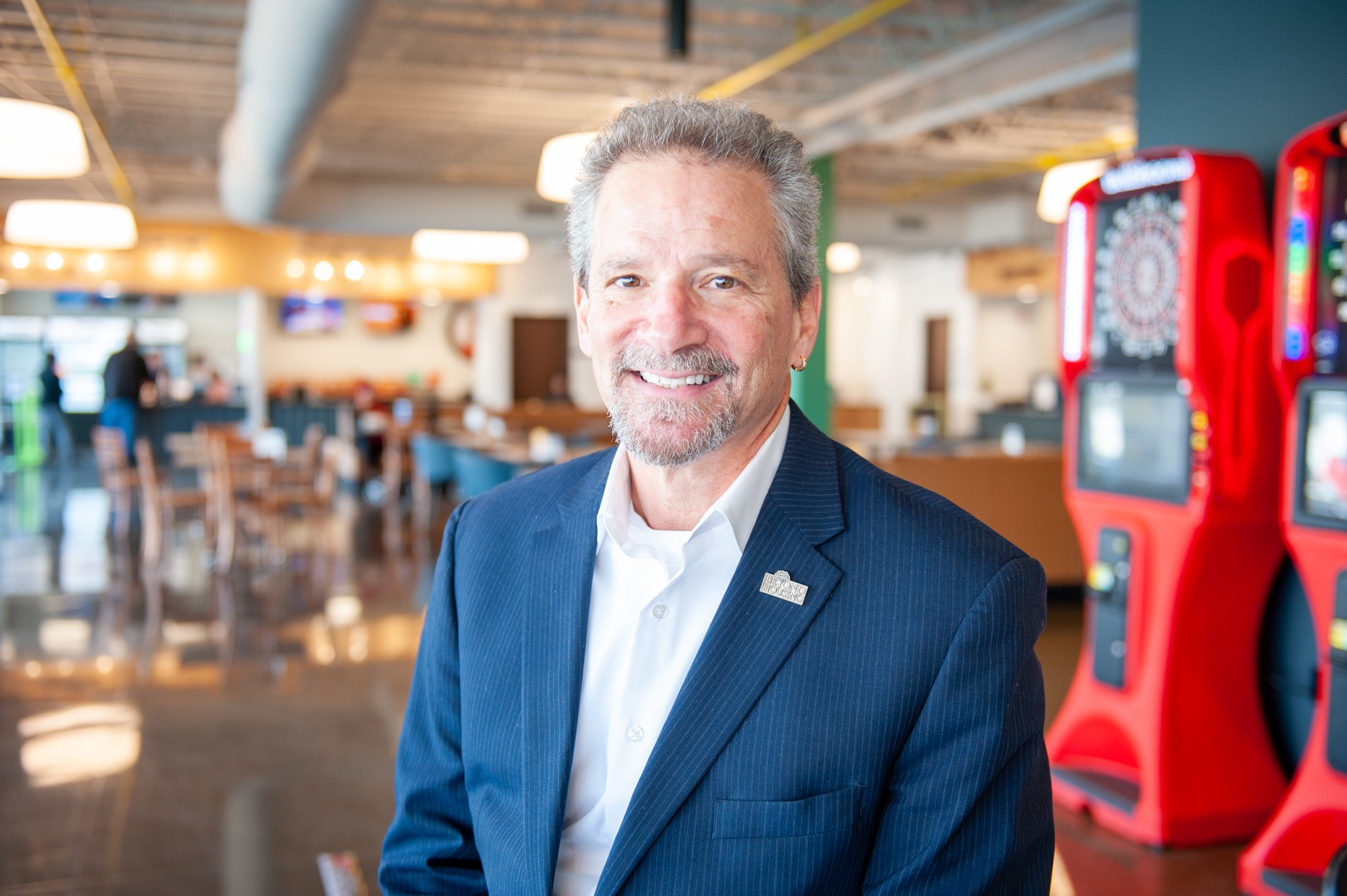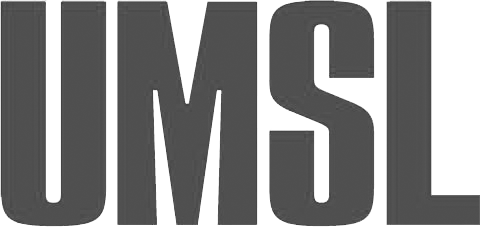Congratulations to Farrakhan Shegog, President of Young Voices with Action, recipient of our 2024 Rising Star in Community Building Award!
The Rising Star in Community Building Award recognizes a person who:
Demonstrates strong dedication to and passion for community building work.
Exhibits leadership, vision, and a commitment to action and results.
Shows promising potential to catalyze outstanding impact in community building policy, investment, and/or community change.
Works to challenge the status quo in the St. Louis region.
Farrakhan Shegog’s community work really began in 2012 when a close friend of his lost her life to gun violence. It was around this time that Farrakhan made two decisions: first, that he would finish his Bachelor of Science in his friend’s honor, and second, that he would found Young Voices With Action, an organization which builds community power and leadership capacity among young people in St. Louis. When Farrakhan realized just how many young people in the community were without access to the resources and opportunities needed for a high quality of life, he was inspired to take action to build those opportunities himself.
From his efforts with Young Voices with Action, to organizing marches, to the founding of #BlackWallStreet314 which brings together around 100 Black vendors each summer to celebrate Black culture and to support Black businesses and residents alike, Farrakhan works towards a holistic vision of a future in which the community can recirculate “dollars, ideas, skills, talents, and passions.” Farrakhan’s work asks, “What if the entire community was a safe space? What if the entire city of St. Louis or St. Louis County was a safe space?” Through education, engagement, and empowerment, Farrakhan’s work encourages young people in the community to continue to reinvest in the community by building a space where young leaders can thrive. “Our communities are dictated by the leadership we have, and also by how we respond to that leadership.” Farrakhan’s transformative work serves as a source of empowerment for young people to get involved in shaping the future of St. Louis and truly challenging the status quo.



